Air navigation safety
Business/ Aviation Safety Ciampino/ Safety and territory/ Air navigation safety
Air navigation safety
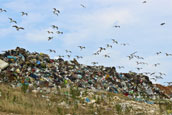
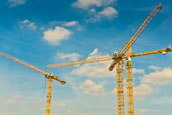
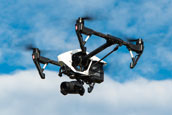

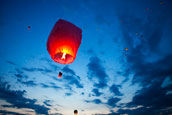
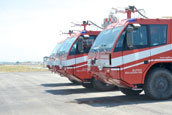


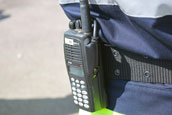









We use first-party cookies for the operation of the Website (technical cookies) and for carrying out statistics on said operation (analytical cookies, when assimilated to technical cookies) and, with your consent, analytical cookies that are not assimilated to technical cookies, first-party and third-party cookies to understand the content you are interested in; send you commercial messages in line with your preferences expressed while using the functions and web browsing; carry out analysis and monitoring of your behaviour; personalize advertisements also through social network interactions (profiling cookies).
By clicking on 'CONTINUE WITH NECESSARY COOKIES ONLY' or on the 'X' in the top right-hand corner of this banner, you deny your consent to the use of cookies that require consent, keeping the default settings, and only functional cookies for browsing the Website and analytical cookies assimilated to technical cookies will be installed on your device.
By clicking on 'ACCEPT ALL COOKIES' you consent to the placement of all cookies including profiling cookies. Consent is optional and may be withdrawn any time.
You can select your preferences for individual cookies by clicking on 'MANAGE YOUR COOKIES' (accessible at any time from the Website). For more information see our Cookie Policy.
